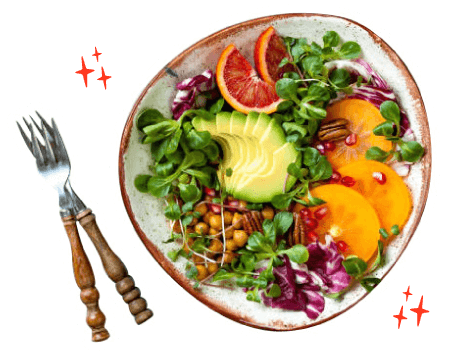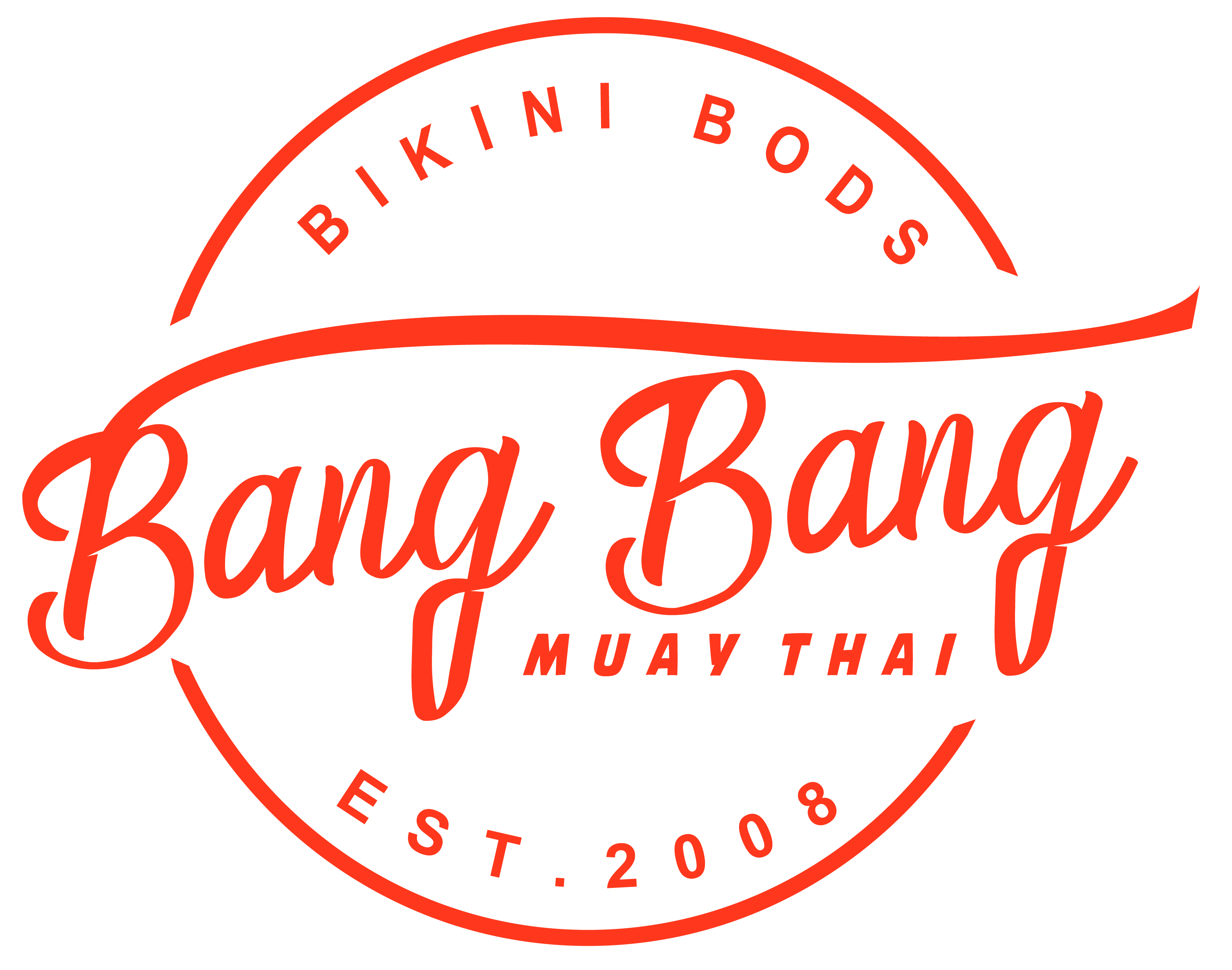Calculate your
MACROS
Whether you’re looking to loose a few kilos, increase your lean muscle mass, or put on weight, properly calculating and tracking your macros can help you make (or plan to make) smart, healthy food choices.


KEEP YOUR BODY
SATISFIED
Macros, short for macronutrients, are the three categories of nutrients you eat the most and provide you with most of your energy: protein, carbohydrates and fats.
In the simplest terms, weight loss happens when you burn more calories than you consume. Macro counting helps you understand where those calories are coming from and how they affect your body. It also helps you understand that not all calories are created equal.
Counting macros can help you:
- Lose stubborn fat
- Maintain lean muscle mass
- Keep your body satisfied
Macro
CALCULATOR
This easy-to-use macro calculator gives you your optimal macronutrients and calories. It serves as a weight loss or muscle gain calculator.
Combine with macro counting, flexible dieting, or IIFYM to reach your goals faster. Need more info? Check out our FAQs below.
Macro
FAQ's
What are Macros?
Macros, short for macronutrients, are the three categories of nutrients you eat the most and provide you with most of your energy: protein, carbohydrates and fats.
What’s Protein?
Protein is a macronutrient that supplies the amino acids vital for processes like cell signalling, immune function and the building of tissues, hormones and enzymes. The long and short of it: we need ’em. Big time.
It’s recommended that proteins comprise 10–35% of your total calorie intake. However this varies depending on body composition, goals, age, health and more.
Proteins provide four calories per gram and are found in meat, eggs, poultry, fish, tofu and lentils. If you are following a vegan or vegetarian diet, you may find you need to supplement protein but don’t fret — there’s a smorgasbord of options and we’re pros at protein picks.
The bottom line? If you want to build strength and endurance, you need to nail your protein.
What Are Carbohydrates?
Carbohydrates are a macronutrient found in sugars, starches and fibres. They provide four calories per gram and usually make up the bulk of the day’s caloric intake — anywhere from 45–65% of your day on a plate.
While many associate these macronutrients with bread, carbs are found in a wide variety of foods including broccoli and bananas. Other sources include oats, rice, quinoa, pasta, beans, dairy products and again, some fruits and veg.
Carbs are important for a happy, healthy diet and to fuel high-octane workouts like ours so it’s important to strike the right balance. You don’t want to be jibbing when you’re supposed to be jabbing!
What Are Fats?
Fat provides energy and supports the body’s critical functions like hormone production, nutrient absorption and temperature maintenance. Fats provide nine calories per gram and should make up between 20–35% of your daily calories.
Fats get a bit of a bad rap but this macronutrient is a critical driving force, providing the body with the energy to drive activity. Where carbohydrates account for the majority of energy during short duration or low-intensity exercise, fats make up the majority of energy during longer or more intense workouts. And intense workouts? Those are our bread and butter, if you’ll pardon the pun!
Healthy sources of fat include some oils, egg yolk, dairy products, avocado, nuts, meat and fatty fish like salmon and sardines.
How Do I Track Macros?
Tracking macronutrients can be tricky so working with a coach to nail the ins and outs is crucial. We can also help to balance your ratio of carbs, fats and protein to ensure you, in all your unique glory, can achieve your goals.
Once you and your coach have set up a plan, you can track your macros by following a meal plan or with an app. Easy!
Do I Need To Track Macros Forever?
We’re going to give this one the ol’ ‘that depends’ answer. Why? Because your training goals, like you, can and will change. Sometimes you’ll be in maintenance mode. At other times you’ll be aiming for a new personal best and your macros will need to flex (yes, just like your burgeoning muscles) to accommodate.
If you’re just starting out, we recommend tracking one or two meals at a time so you can master the basics — just like learning to punch before moving on to the fancy stuff. Tracking is a great way to become educated and learn the ropes. Once there, you can transition into intuitive eating and re-adjust as needed.
So, I Can Eat Anything As Long As It Fits My Macros?
While the whole macronutrient thing kind of sounds like ‘having your cake and eating it too’, those tracking should aim to follow a whole-foods diet rich in fresh produce, healthy fats, complex carbs and a variety of protein sources. That being said, when it’s time for cake, it’s time for cake.


